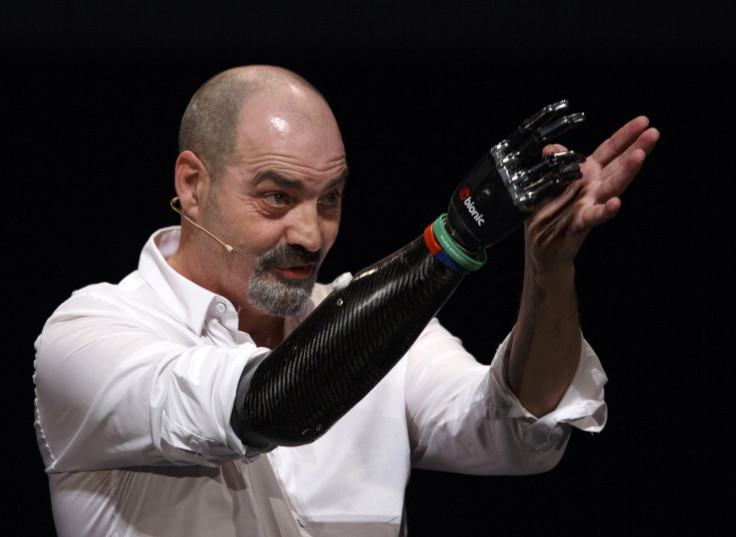Researchers Read Monkey’s Mind

Researchers have now claimed to have read a monkey’s mind through a new algorithm that enabled a moment-by-moment analysis of brain activity for them, each time the monkey changes his way during a laboratory experiment. This breakthrough might prove to be a paradigm shift in the field of neuroscience and might help in creating neural prostheses which can withhold moving a prosthetic arm until the user is certain of their decision, thereby averting premature or inopportune movements.
The team of researchers, led by electrical engineering Professor Krishna Shenoy, Stanford lab owner, focuses on movement control and neural prostheses and published their study findings in the journal eLife. The experiments were performed by neuroscientist Matthew Kaufman while he was a graduate student in Shenoy's lab.
Shenoy says, "This basic neuroscience discovery will help create neural prostheses that can withhold moving a prosthetic arm until the user is certain of their decision, thereby averting premature or inopportune movements".
While carrying out the behavioral studies, the laboratory monkeys were taught to perform a decision-making task. Kaufman then developed a technique which could accurately track the signals in the brain that occur during a single decision with split-second accuracy.
The development of this "single trial decoder" algorithm enabled the researchers to observe the neural signals that occurred during a momentary hesitation or when the monkey changed its mind. It was like reading the monkey’s mind when it made different decisions.
Kaufman, who is now a postdoctoral scholar at Cold Spring Harbor Laboratory, adds, "We are seeing many cognitive phenomena in the brain for the first time. The most critical result of our work here is that we can track a single decision and see how the monkey arrived there: whether he decided quickly, slowly, or changed his mind halfway through."
There have been experiments carried out in the past regarding decision-making, but these were not successful in allowing the identification of unique or idiosyncratic events during any individual decision. According to Kaufman, their experiment allowed the tracking of single decisions with unprecedented precision, along with providing the know-how of the brain activity involved with respect to typical free choice or forced choice.
The researchers are now of this notion that this deeper understanding of decision-making will help them to fine-tune the control algorithms of neural prostheses,while enabling the people with paralysis to drive a brain-controlled prosthetic arm or guide a neurally-activated cursor on a computer screen.
To contact the writer, email:ruchira.dhoke@gmail.com





















